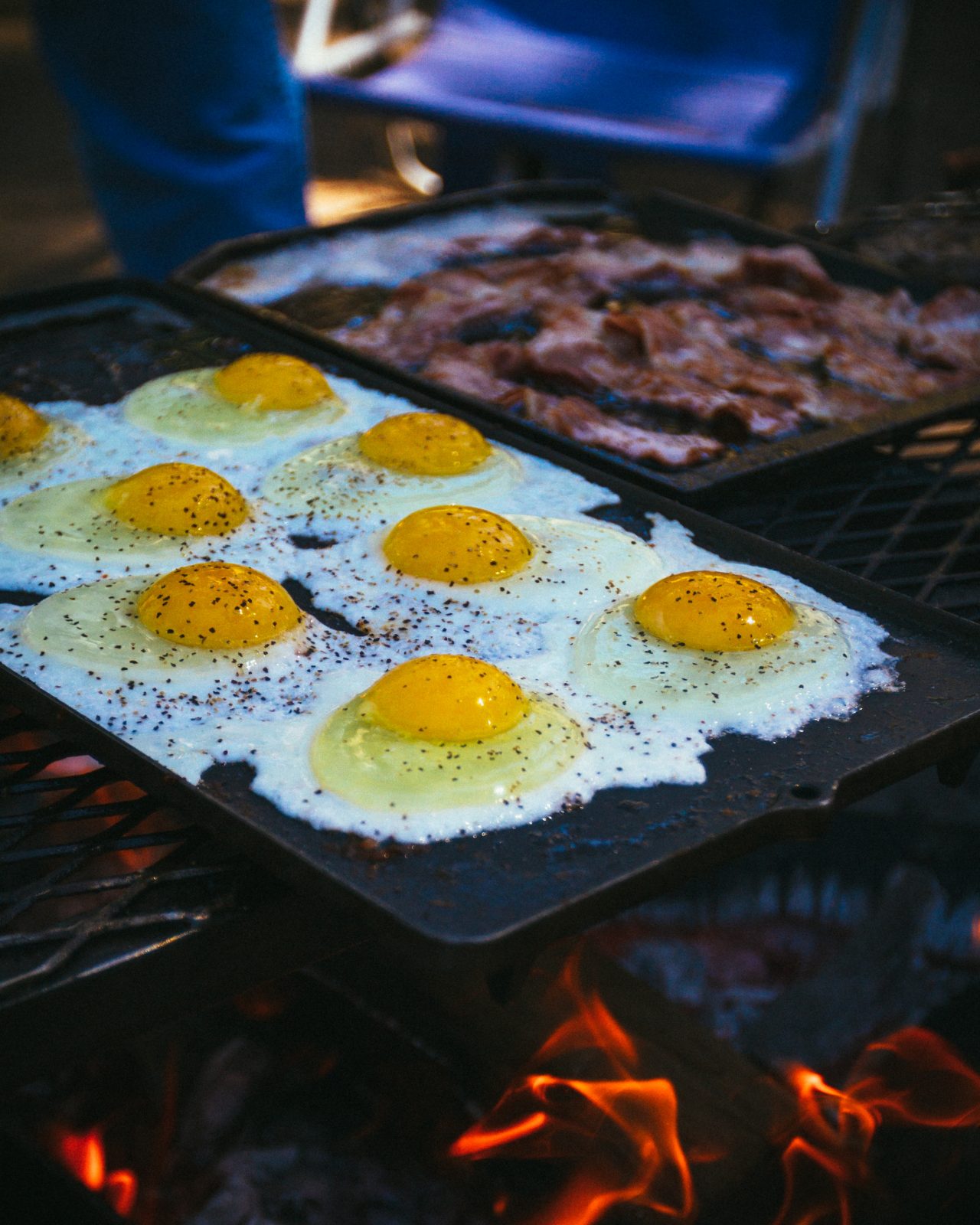Bad gluten: What is coeliac disease?
For people with coeliac disease, bread, pizza and pasta are a danger to their health. This is because these foods contain gluten. What is the best way for sufferers to deal with this?

More and more gluten-free products are hitting the supermarket shelves, but what exactly is gluten? Are gluten-free products just a passing trend? “Gluten is a general name for the proteins found in various grains, such as wheat, original spelt and spelt, barley, rye and also older grains such as einkorn and durum wheat,” says Sabina Raschle, a qualified nutritionist who works at the Zurich nutrition centre and specialises in gluten-free nutrition and coeliac disease.
In Switzerland, roughly 1% of the population suffers from coeliac disease, in which gluten causes inflammation in the small intestine, damaging the lining of the gut. As a result, the body can’t properly absorb important nutrients from food. Many people who suffer from undetected coeliac disease can have serious nutritional deficiencies, such as iron, vitamin B12 or calcium. The latter can even cause a reduction in bone density.
Which foods contain gluten?
Anyone suffering from coeliac disease therefore has to avoid all foods containing gluten. Prominent examples include traditional bread, pizza, cake and pasta. But there are many other foods on the list that are surprising, such as Ovomaltine, beer, soy sauce, sachet soups and some types of stock. It’s also important to opt for gluten-free oats because although oats are actually gluten-free, traces are usually found in commercial varieties.
The gluten-free label is a reliable indication that a product really doesn’t contain any gluten. However, as the sign showing the crossed-out ear of wheat in a circle isn’t found on every gluten-free product, those suffering from coeliac disease have to pay particular attention to the list of ingredients. “This isn’t easy in the beginning – it takes time and practice,” says Raschle. Going gluten-free is a challenge. “These plans often lack dietary fiber and nutrients that are important for digestion.” Nevertheless, gluten-free pizza or gluten-free bread can be a welcome change. Raschle's tip: “Nuts and seeds contain lots of nutrients and dietary fiber. You’re on the right track if you add these to your diet.”

“Until mid-2014, I was able to eat bread and pasta without any problems – despite being gluten intolerant for the first five years of my life. Then it was suddenly over: I developed a very itchy rash on several parts of my body. That's why I left out foods containing gluten again. A center for interdisciplinary medicine later confirmed that I have a severe gluten intolerance. I no longer find it difficult to give up gluten. The same applies to dairy products, which I have avoided for around 20 years due to my lactose intolerance. Living without butter, milk and cheese was a challenge at the beginning. I sometimes felt uncomfortable having to order a 'special menu'. Thanks to the many plant-based alternatives, my everyday diet has changed fundamentally. I've been completely vegan for three years now and my health is better than ever.”
Philipp Walser, gluten intolerance and lactose sensitivity
Naturally gluten-free food
It is important to eat a balanced diet. Naturally gluten-free foods include polenta, quinoa, potatoes, rice, corn, buckwheat, amaranth, millet, teff and legumes. These can be combined with unprocessed foods such as eggs, dairy products, fish, meat, tofu, vegetables, fruit and vegetable oils to create balanced meals.
Raschle says that it’s important to consult a nutritionist because this know-how isn’t widespread. The website of the Coeliac specialist group lists members of the Swiss Association of Registered Dietitians who specialise in coeliac disease. The website of IG Zöliakie der Deutschen Schweiz (available in German, French and Italian) is another good starting point for anyone suffering from coeliac disease.
Diagnosis, symptoms and treatment of coeliac disease
The symptoms of coeliac disease range from typical gastrointestinal complaints such as diarrhoea, constipation, nausea, vomiting, flatulence and stomach ache to tiredness, headaches, anaemia or unexplained weight loss.
Due to the wide range of symptoms, it often takes a long time to receive a diagnosis. Coeliac disease can only be diagnosed beyond doubt by means of a blood test and – if the appropriate antibodies are found – a gastroscopy. “I strongly advise against self-tests. The results aren’t reliable,” warns Raschle.
What happens after the diagnosis? The only effective treatment against coeliac disease is a gluten-free diet. Raschle has good news: “As long as those affected stick to a 100% gluten-free diet, their intestinal lining will recover completely.”
Non-coeliac gluten/wheat sensitivity
Sufferers experience symptoms that start a few hours or even a few days after eating foods containing gluten. The symptoms of non-coeliac gluten/wheat sensitivity are varied, ranging from gastrointestinal problems to chronic tiredness and headaches. Unlike coeliac disease, the intestine remains intact with non-coeliac gluten/wheat sensitivity. A diagnosis is made once coeliac disease and wheat allergy have been ruled out.
Wheat allergy
With a wheat allergy, the allergy trigger is not gluten, but other proteins contained in wheat. Symptoms range from itching and redness to breathing difficulties. This allergy mainly affects children, and it usually disappears after puberty.


